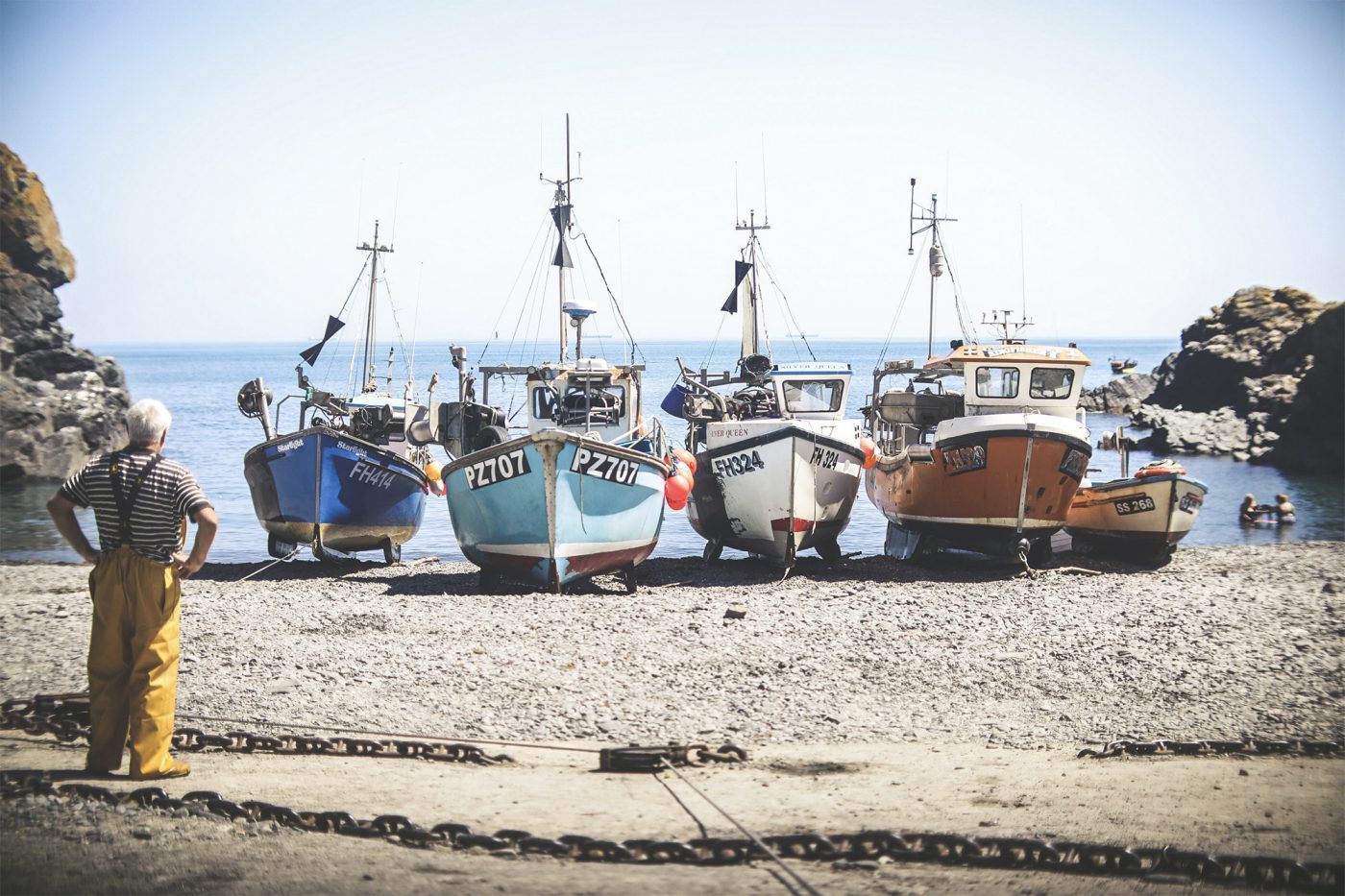7 October 2010
Leaders of the Scottish Fishermen’s Federation and the NFFO met recently in London to agree joint positions in preparation for the autumn negotiations.
The need for a more intelligent approach to cod recovery was at the head of the agenda, with the mackerel crisis, the Commission’s approach to maximum sustainable yield and cosmetic TAC reductions also high on the list of issues discussed.
Catch Quotas
It was agreed that the preliminary results of the catch quota trials under way in Scotland, England and Denmark show great promise. However, the meeting also expressed great concern that it is unlikely that the necessary preconditions for the scheme to work next year will be met.
The scheme requires participating vessels to fit CCTV to record all catches and discards. Vessels are rewarded for the additional costs and inconvenience involved with additional cod quota and permitted days at sea. An additional 5% has been added to the North Sea TAC this year, in agreement with Norway, to trial the new system. Preliminary results have shown that under these arrangements discards can be reduced to only 1% – a remarkable achievement.
The fear is that, despite constant Norwegian rhetoric about the level of discards, Norway will not be prepared to sanction the extra cod quota to make the scheme work and the scientific provision that provided the 5% additional quota this year, will be reduced to 2.5% next year. Instead of expanding a successful discard initiative it will have to be scaled back.
This would be a backward step for discard reduction and for cod recovery and the two federations have agreed to press hard for the removal of these obstacles to the widening of the scheme.
At the same time it is recognised that catch quotas are not appropriate for all vessels and all segments of the fleet. An over rapid expansion could jeopardise the viability of parts of the fleet.
The NFFO and SFF have therefore agreed that the catch quota scheme, if it is to be applied more widely, should follow a number of principles:
- Participation in the scheme should be entirely voluntary
- Additional quota, over and above the agreed TAC, should be made available to participating vessels at a realistic level to encourage widespread involvement
- Exemption, or relief, from the days at sea regime for participating vessels should also be used as an incentive
- Full documentation of all catches
- Scientific validation of CCTV records, with safeguards about access to those records
- Movement of cod catches from the discards to the landings column in the ICES stock assessment so that explicit progress can be tracked
Whilst the federations see the relevance and potential of the catch quota approach to other species and fisheries they are adamant that, for now, the focus must be on cod recovery. The political capital needed to persuade the Commission, Norway and the Council of Ministers, to back this novel approach to discard reduction and cod recovery should not be diluted by over extending the scheme at this stage.
Mackerel
The two federations agreed that the UK and EU should stand up to bullying tactics and irresponsible levels of fishing by Iceland and Faeroes in the mackerel fishery. There can be no justification for the kind of smash and grab raid undertaken by Iceland and Norway when an international forum for reasoned negotiations is available.
TACs and Quotas for 2011
The SFF and NFFO also agreed common ground on the approach to setting TACs for next year. Of special focus is the Commission’s unnecessary rigid approach to moving stocks to maximum sustainable yield by 2015; and the problem of cosmetic TACs – quotas that are reduced in the full knowledge and certainty that the cut will not reduce fishing mortality but will increase discards.
Future Meetings
It was agreed to maintain close engagement between the two federations through the autumn.

